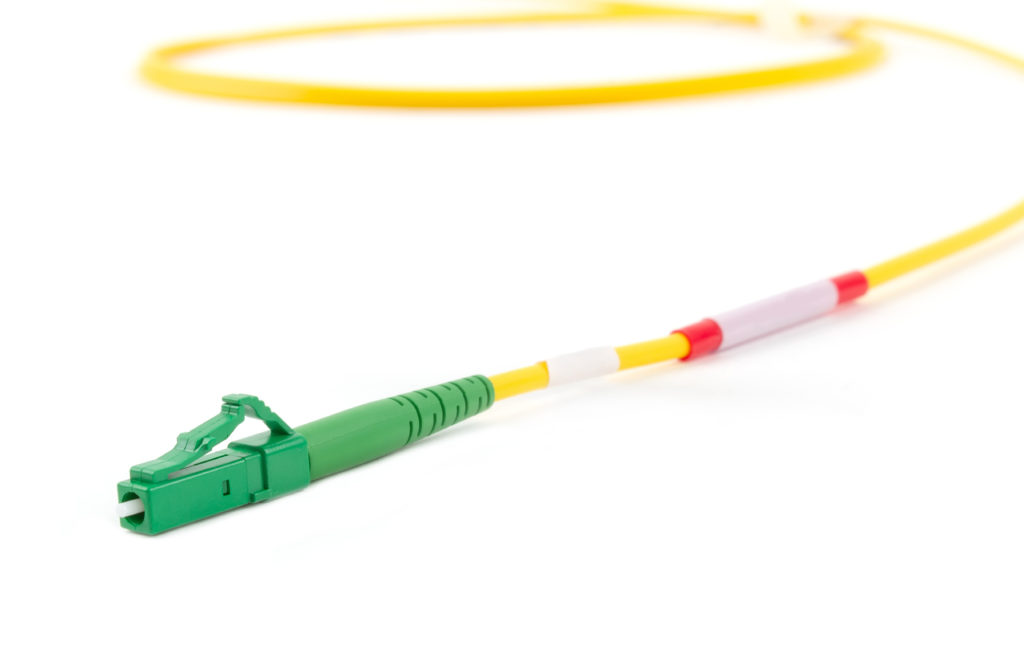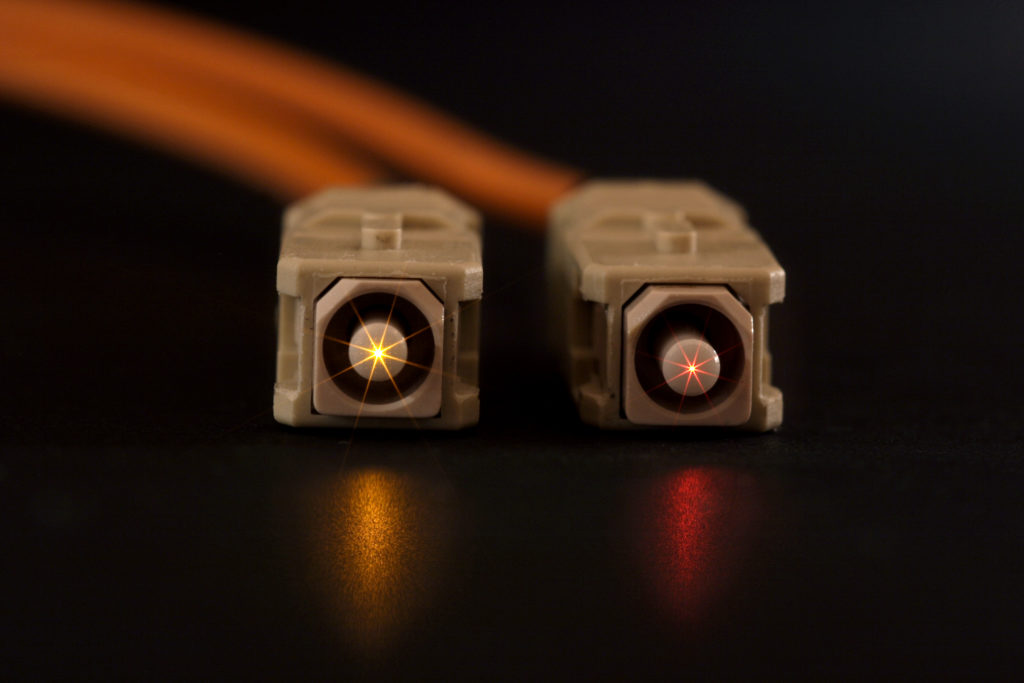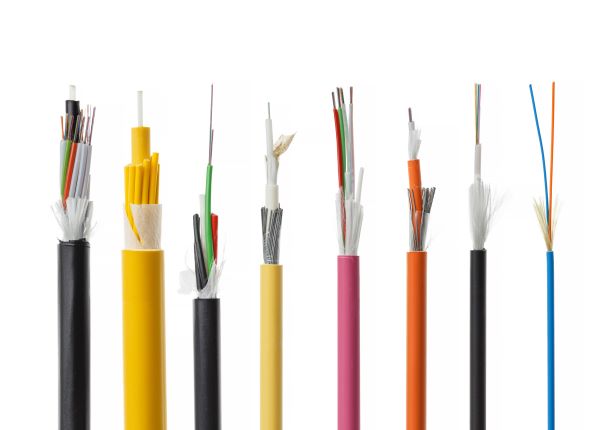It’s no secret that fiber optic cables are the backbone of the internet. In fact, most of the world’s data travels over optical fibers through a process known as “light transmission”.
The question is: are you getting what you need from your fiber optic cable? If not, take heart! This article will explore the differences between multimode and single mode fiber optics and explain why they matter when connecting your fiber optic system.
Multimode Fiber
When you’re comparing multimode and single mode fiber options, it’s helpful to understand the core sizes of each, as that is a primary difference between the two types of cables. Multimode has a larger core size than single mode, which means it allows for multiple modes of light to propagate in the core. This larger core size also makes multimode fiber solutions less expensive and easier to work with than single mode.
Because of its large core size, multimode fiber is typically used for shorter distances than single mode fiber. 10 Gbps up to ~300 meters for multimode compared to 10 km or more for single mode. This makes multimode fiber ideal for home and business installations, as well as for applications where the link is contained with a system, such as a vehicle or aircraft.
Single Mode Fiber

Single mode solutions are typically more expensive than multimode fiber. The core size of single mode fibers is only 9μm and therefore supports just one propagating mode.
However, this smaller core means that the signal can be transmitted much farther without degradation. This is why single mode fiber is used for long haul installations. The small core size requires greater precision of single mode system components to ensure good coupling, making them more expensive than the multimode variety.
Can I mix-and-match single mode and multimode fiber hardware?
Multimode and single mode fibers are generally not interchangeable, so you can’t mix-and-match single mode and multimode hardware. If you use a single mode source, then you should use single mode fiber in your system; and if you use a multi-mode source, then you will want to use multimode fiber.
If you have pre-installed fiber and don’t know which type of fiber it is, there are markings on the fiber jacket indicating what type you have. Multimode fibers are also categorized into different ratings such as OM1, OM2, OM3, OM4 and OM5. These ratings have to do with the core size (62.5μm for OM1, and 50μm for the rest) and bandwidth of the fiber. Typically higher OM numbers have higher bandwidth and support longer distances.

Conclusion
So, what’s the final word on using single mode versus multimode fiber? As you can see in this article, there are many differences between the two types of fiber. If you need to connect two devices that are more than 1km apart, such as from one building to another, then you will need to use a single mode fiber cable.
However, if your distances are only a couple hundred meters, then a multimode solution will likely be a less expensive option. The choice depends on your application needs, though the ultimate benefits of fiber come with both options!
